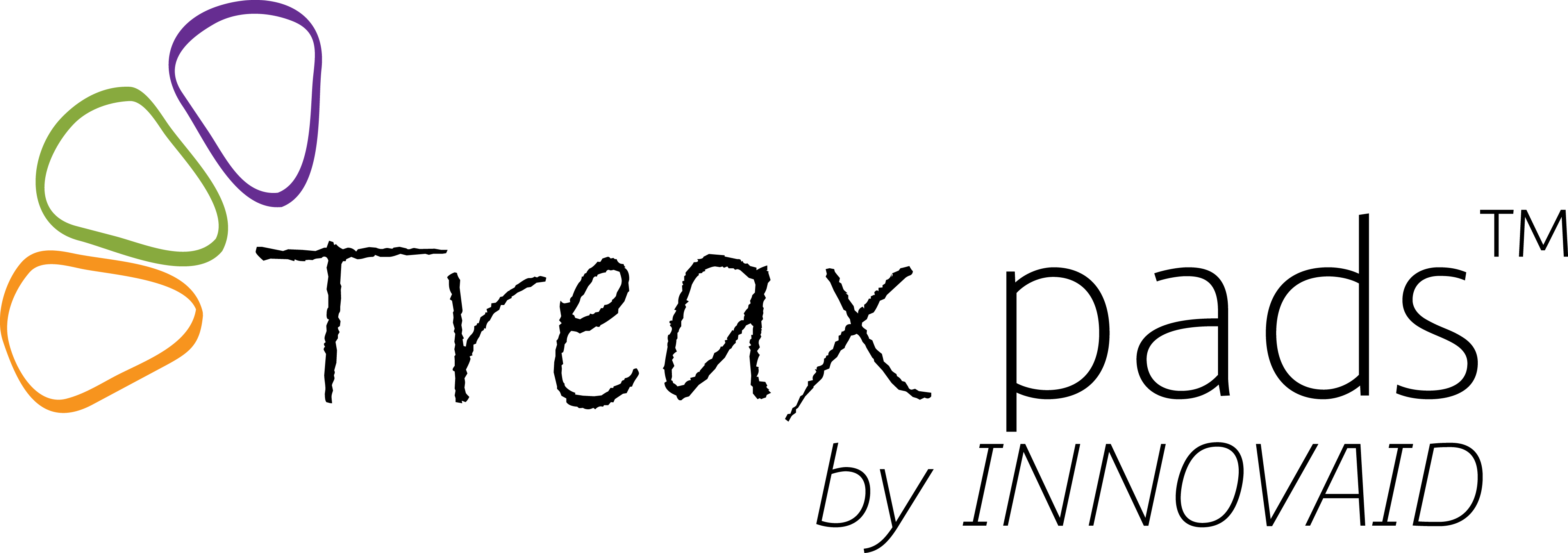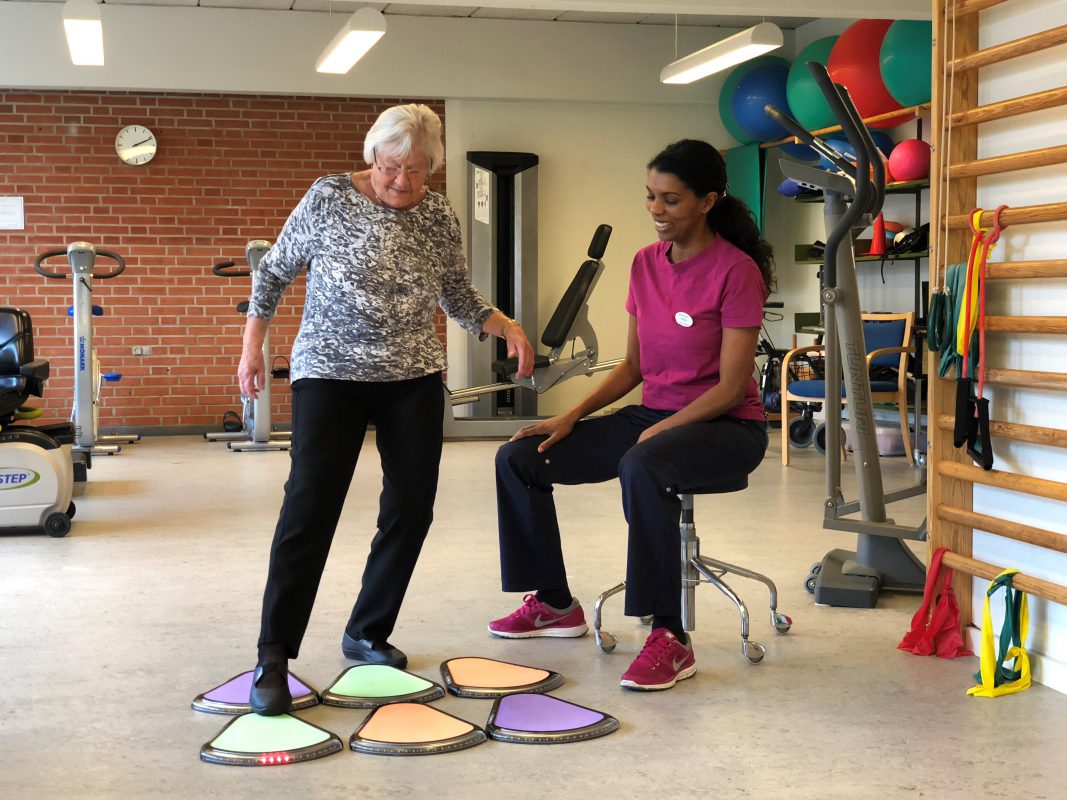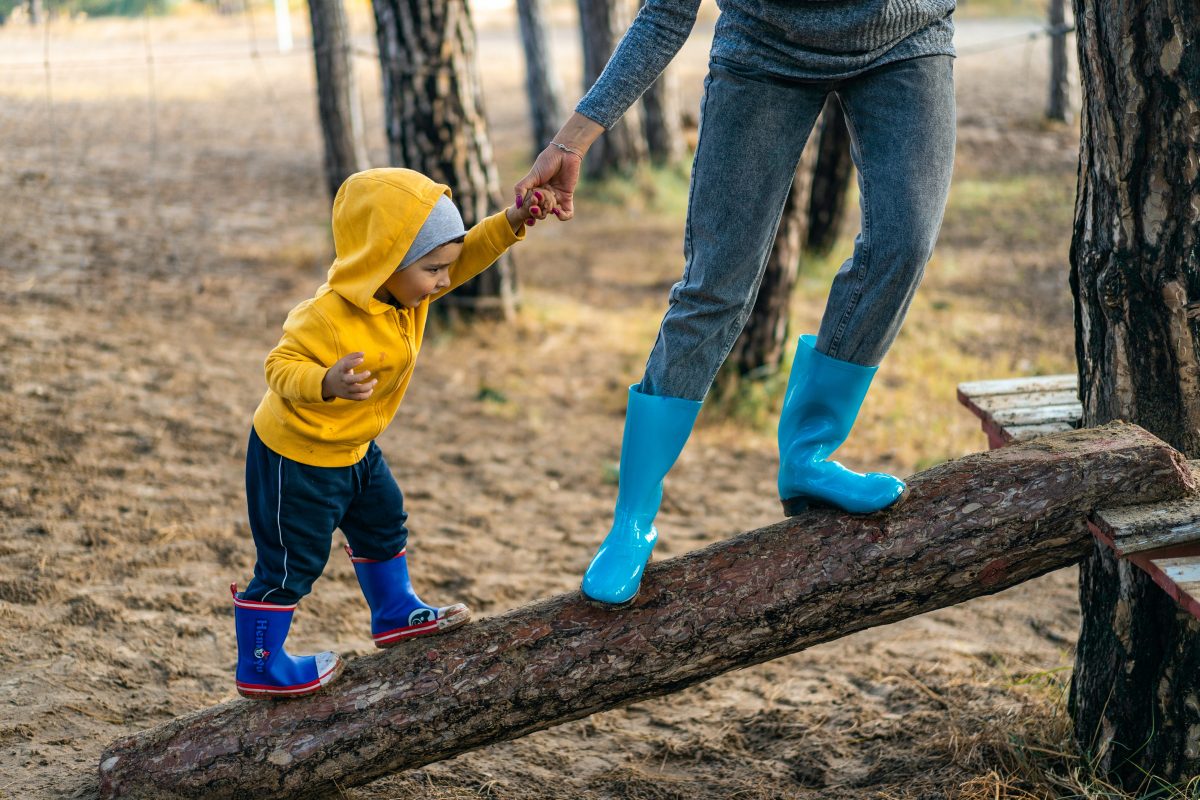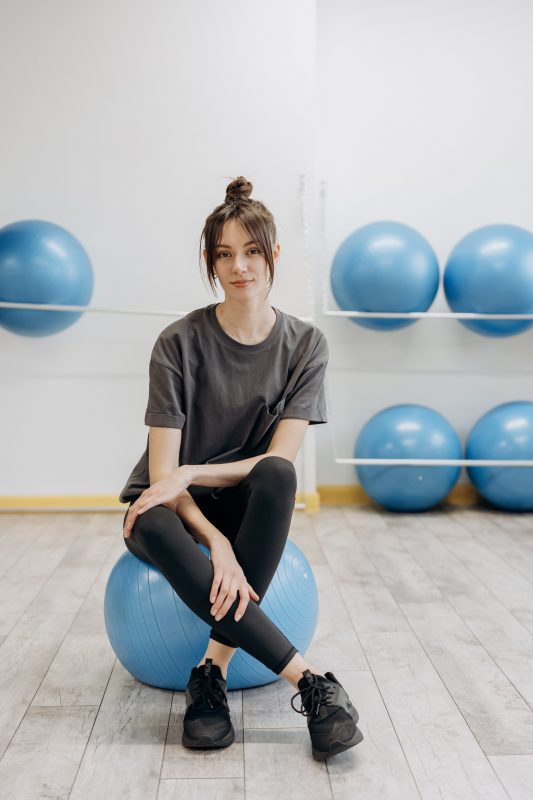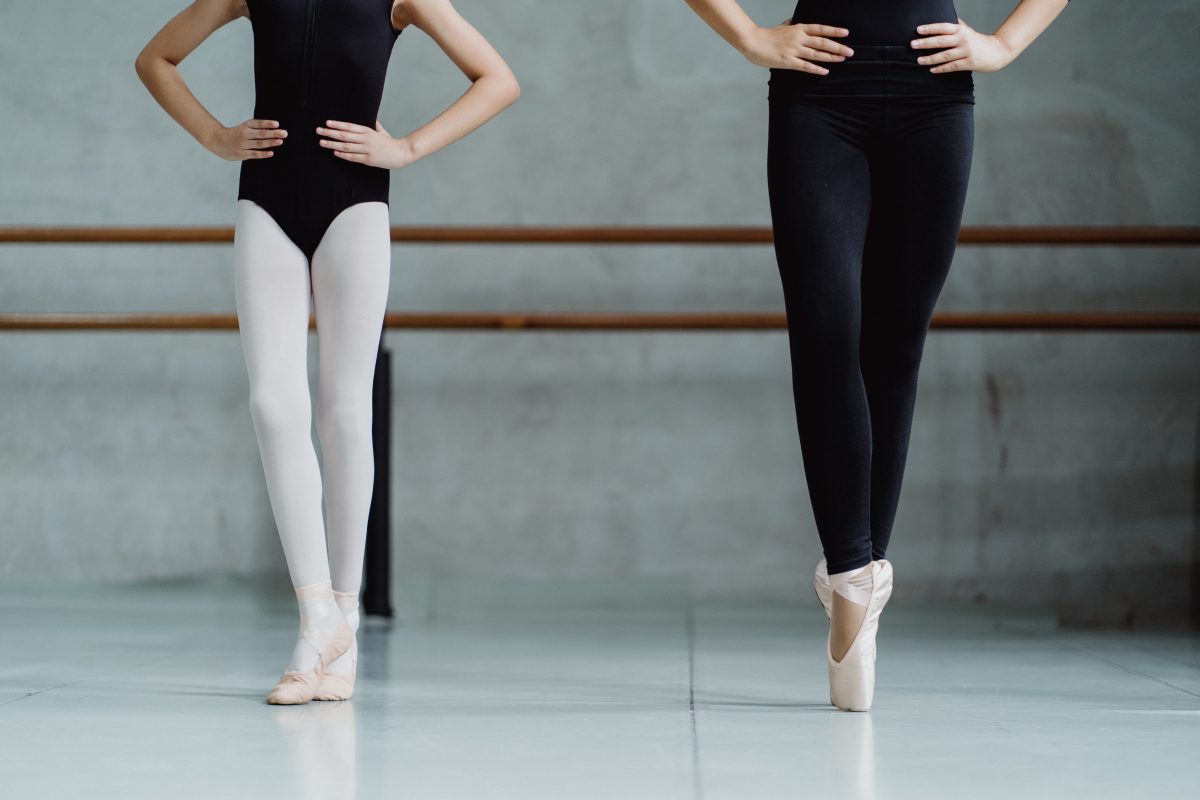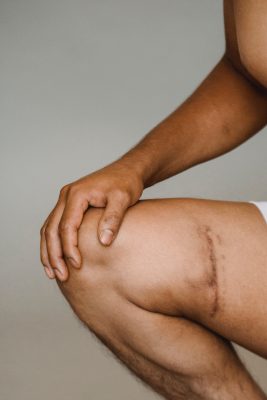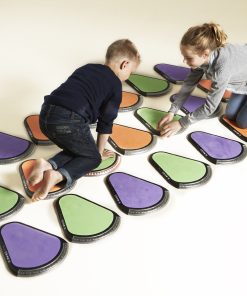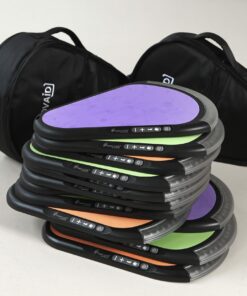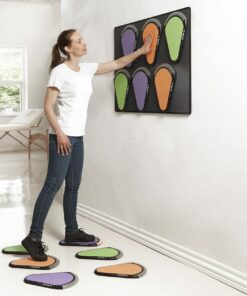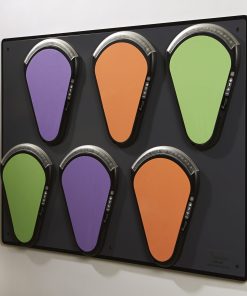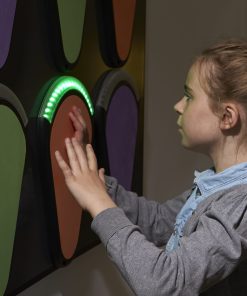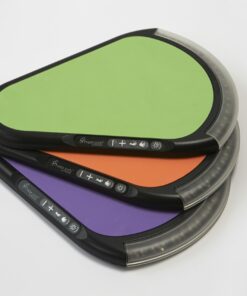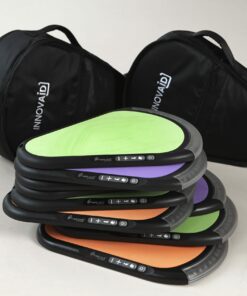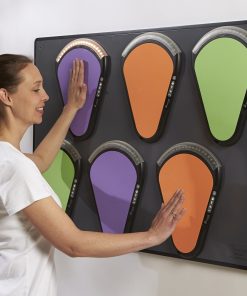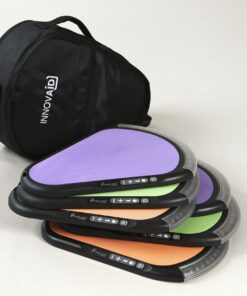Treax pads for rehabilition
INNOVAID designed Treax pads as a tool for therapists, to improve their work with the citizens who needed rehabilitation. Treax pads is not an alternative to rehabilititave training with a therapist, but it is a great product to support the training. Today they are used in both hospitals and clinics around the world.
Immideate Feedback
The display of diode lights at the end of each pad, will give you immideate feedback, while you are training or when you are adjusting settings. This empowers you, to be more effecient with your training.
Motivational Training
Treax Pads can provide motivation for the user, by enabling the user to have a visual idea of their performance. Motivated users are more likely to follow a training schedule
Easy to use
Treax Pads have an elegant design and are easy to use. Each pad has 3 buttons for functions on the side and buttons for adjusting up or down. This enables you to use all the functions easily.
Entertaining Exercise
Exercises like Random and Reaction take a lot of inspiration from games and playing. The colored pads have a more inviting design, than the typical grey training systems
